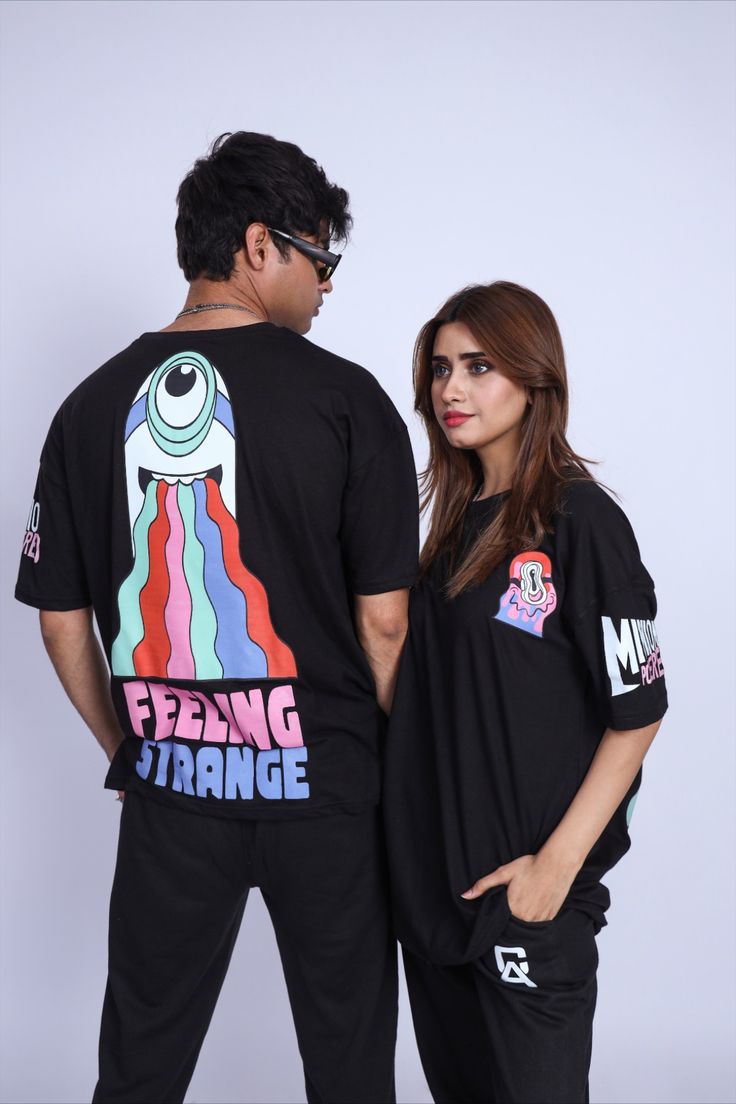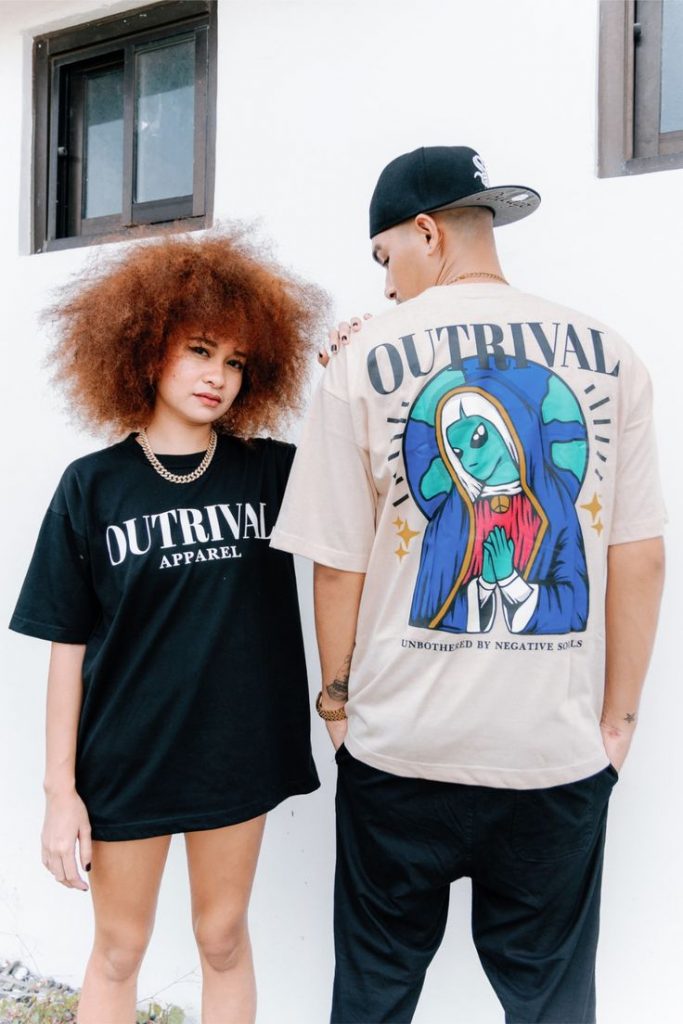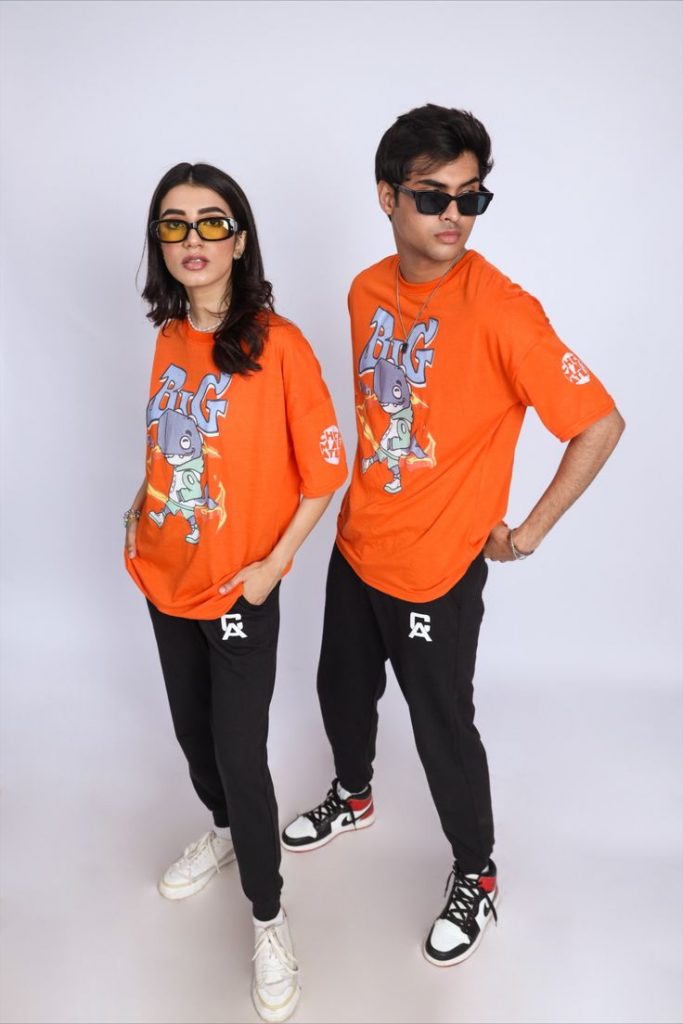Fashion has never been static—it’s a living pulse that moves with the people. “Built for the Street, Made for Fashion” represents a cultural crossroad where raw energy, individuality, and rebellion evolve into refined art. It’s where sneakers meet silk, where hoodies rival haute couture, and where everyday confidence becomes a runway of its own. The street has always spoken the language of authenticity, and now fashion listens more intently than ever.
The streets gave birth to a movement. What began as the uniform of youth, resistance, and rhythm has become the global expression of modern luxury. It’s not just about the clothes—it’s about the story they tell, the culture they carry, and the power they project. This is fashion stripped of pretense and rebuilt with passion, purpose, and personality.
The Evolution of Streetwear: From Subculture to Sophistication
Streetwear started as rebellion. It was raw, real, and unapologetic—a reaction against the polished perfection of high-end fashion. Born from skate parks, hip-hop beats, and graffiti walls, it reflected the heartbeat of urban life. Every oversized tee, every pair of sneakers, every distressed jean was a declaration: I am here, I am different, I belong to no one.
Over time, what was once street uniform transformed into a global fashion language. Luxury houses like Balenciaga, Louis Vuitton, and Dior began to embrace the street’s untamed spirit, blending couture craftsmanship with casual confidence. Collaborations between sneaker brands and fashion icons blurred the boundaries even further—Nike x Off-White, Adidas x Gucci, Supreme x Louis Vuitton—each partnership turning the once-underground style into a global phenomenon.
This evolution marked a new era: one where freedom of expression was not just accepted but celebrated. Streetwear became the new luxury, a cultural bridge between accessibility and aspiration.
Authenticity: The True Currency of Street Fashion
At its core, street fashion is built on authenticity. It rejects imitation, cherishes individuality, and rewards confidence. The streets don’t care about rules—they care about truth. Whether it’s a vintage jacket from a thrift store or a limited-edition designer drop, what matters most is how it’s worn and why it’s worn.
This authenticity gives street style its magnetic power. It’s a reflection of lived experiences, unfiltered creativity, and real emotion. No stylist, no catwalk, no algorithm can dictate what’s “in” when individuality is the trend. It’s freedom in its purest form—fashion that belongs to everyone, shaped by no one.
Streetwear celebrates imperfections. It thrives on the clash of textures, colors, and contradictions. It’s where a tailored blazer meets a graphic tee, where luxury handbags hang beside chain necklaces, where sneakers walk into boardrooms and redefine professionalism. Authenticity is no longer the opposite of luxury—it is luxury.
When the Street Becomes the Runway
The street has always been the birthplace of ideas. Every major fashion movement—from punk to hip-hop to skater culture—started not in ateliers but in alleys and sidewalks. Today, the world’s most stylish runways exist outside traditional fashion capitals. They’re found on social media feeds, on subway platforms, and in city parks where expression knows no boundaries.
Street style photographers capture what traditional fashion houses sometimes overlook: individuality in motion. The street runway is democratic, diverse, and alive. It’s inclusive of all shapes, shades, and stories. From New York’s SoHo to Tokyo’s Harajuku, from London’s Shoreditch to Seoul’s Hongdae, the world has become one interconnected fashion stage.
Designers now look to these spaces for inspiration, realizing that real people define real trends. The street became the muse, and fashion became the medium.
The Blend of Comfort and Couture
What sets this new wave apart is balance—the effortless fusion of comfort and couture. Streetwear prioritizes movement, ease, and adaptability without sacrificing style. Hoodies, joggers, and sneakers once reserved for off-duty looks now stand proudly beside blazers, skirts, and tailored coats.
This shift represents more than aesthetic—it’s a lifestyle statement. Modern consumers demand versatility: clothes that move with them, not against them. The fusion of street and fashion gives rise to designs that embody freedom and finesse simultaneously. It’s a rejection of discomfort disguised as elegance, replaced with confidence disguised as ease.
When luxury learns from the street, it gains humanity. When the street learns from luxury, it gains craftsmanship. The union creates a design language that’s bold yet approachable, rebellious yet refined—a perfect expression of today’s complex identities.
Collaboration Culture: The New Power Dynamic
Collaboration defines modern fashion. Once, designers created in isolation; today, they thrive through partnership. The streetwear revolution brought with it a new energy—one rooted in community, collaboration, and shared creativity.
From cross-brand collections to artist-driven capsule lines, collaboration has become the beating heart of fashion’s evolution. It fuses perspectives, merges audiences, and creates conversations between worlds that once stood apart. Each partnership—whether between a sneaker brand and a sculptor, or a rapper and a luxury atelier—becomes a narrative of unity through creativity.
This collaborative culture redefines ownership. Fashion is no longer dictated from the top down—it’s co-created, crowd-inspired, and culturally driven. Every drop becomes an event, every design a dialogue, every limited edition a living story.
Sustainability in the Urban Context
The modern streetwear movement doesn’t just speak to style—it speaks to responsibility. The new generation of fashion lovers demands transparency and sustainability. They seek garments that reflect their values: durability, ethics, and environmental consciousness.
Urban fashion brands are responding with upcycled fabrics, ethically sourced materials, and local production models. The goal is not just to look good but to do good. In cities where concrete dominates, sustainability becomes rebellion—a way to fight back against excess through mindful creation.
This eco-conscious approach blends perfectly with streetwear’s DNA. It’s practical, real, and forward-thinking. It replaces fast fashion’s waste with long-lasting purpose, proving that the most powerful statement today isn’t printed on a shirt—it’s embedded in how that shirt was made.
Technology and Digital Expression
The fusion of fashion and technology is another frontier reshaping the streets. Virtual fashion shows, augmented reality fitting rooms, and digital clothing have revolutionized how people experience and consume style.
The street is no longer limited to physical spaces—it’s expanded into virtual worlds. Avatars wear designer hoodies in metaverses; NFTs represent limited-edition sneakers; digital drops sell out faster than their physical counterparts. This digital evolution amplifies fashion’s inclusivity, allowing anyone, anywhere, to express individuality without limits.
In the digital age, “Built for the Street” doesn’t just mean sidewalks—it means servers, streams, and screens. The street has gone global, and fashion has followed.
The Emotional Pulse of Urban Fashion
What truly connects the street and fashion is emotion. Both are about belonging, self-expression, and courage. There’s empowerment in the act of dressing—a confidence born not from trends but from truth.
When someone steps out in a bold jacket, a unique sneaker, or a statement fit, they’re not just wearing clothes—they’re embodying energy. Street fashion is emotional architecture; it builds identity, projects confidence, and shapes perception.
This emotional resonance makes urban style timeless. It’s rooted in feeling, not fleeting trends. It doesn’t chase validation; it creates impact.
Conclusion: The Future Belongs to the Fearless
“Built for the Street, Made for Fashion” isn’t just a slogan—it’s a revolution. It’s where grit meets grace, where self-expression meets sophistication. The street has redefined what fashion means, proving that true style isn’t about price tags or runways—it’s about presence.



